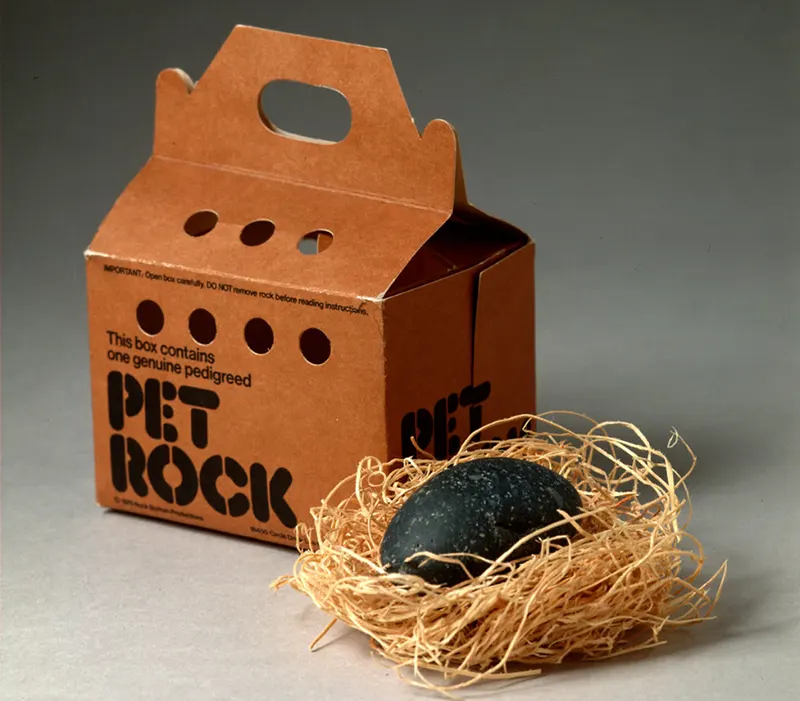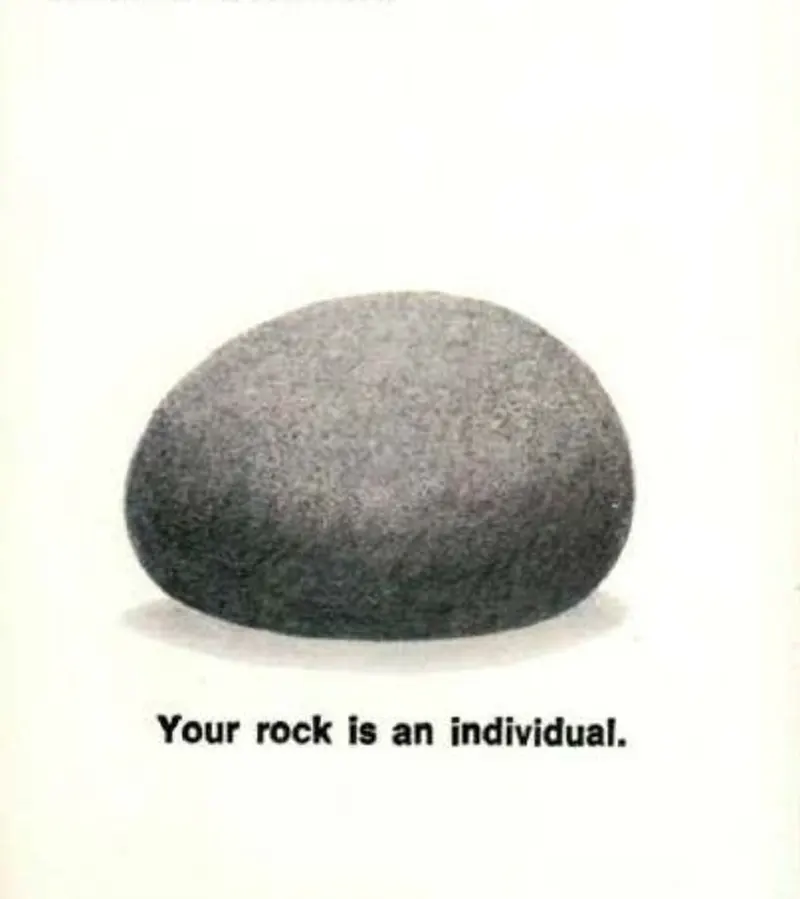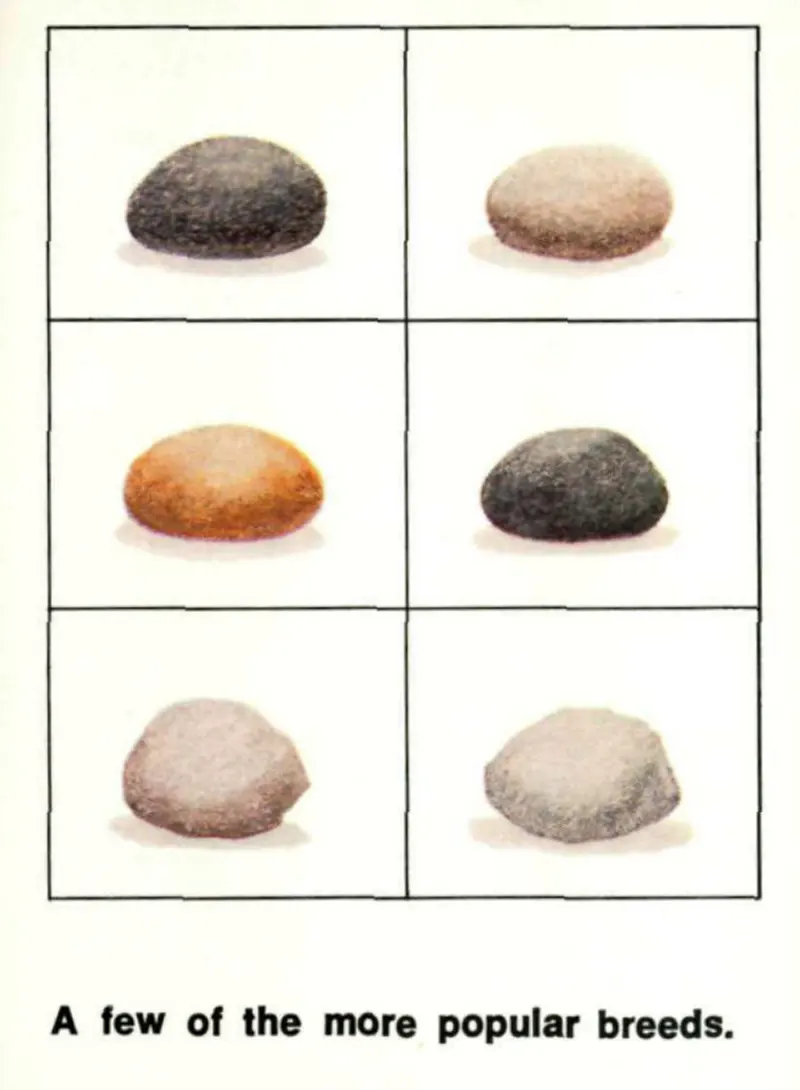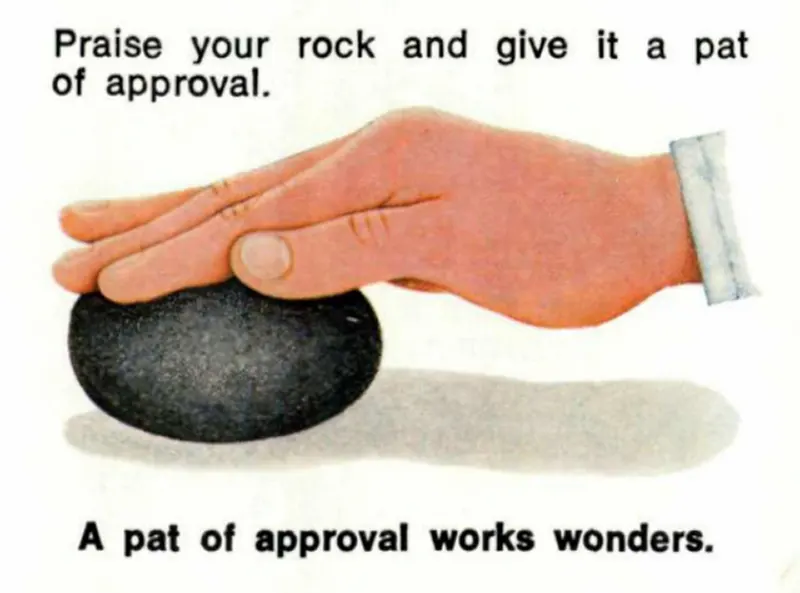The Pet Rock, a simple rock with googly eyes glued on and nestled in a cardboard box with a bed of straw, became an instant sensation and cultural phenomenon. Despite its humble origins, the Pet Rock became a symbol of the absurdity and excess of the era, as well as a testament to the power of clever marketing and the fickle nature of popular culture. The history of the Pet Rock dates back to 1975, when advertising executive Gary Dahl was joking around with friends about the challenges of pet ownership. Dahl, always quick with a clever quip, quipped that a rock would make the perfect pet. To his surprise, his friends loved the idea, and he quickly began to develop it into a fully-fledged product. Dahl’s vision was simple yet genius. He took ordinary, everyday rocks and turned them into something special by giving them individual personalities and whimsical names. He packaged them in custom-designed boxes, complete with straw beds, breathing holes, and care instructions, making each Pet Rock feel like a genuine, living pet. Dahl’s biggest expense was the die-cutting and manufacture of the boxes. The rocks cost only one cent each, and the straw was nearly free. For the initial run of booklets, Dahl had a printing job for a client, and “tacked” the pet rock booklet onto the main job. This resulted in a batch requiring only a cut and trim, at almost no cost to him. A 32-page official training manual titled The Care and Training of Your Pet Rock was included, with instructions on how to properly raise and care for one’s new Pet Rock (notably lacking instructions for feeding, bathing, changing, and so on). The instruction manual contained gags, puns and jokes, and listed several commands that could be taught to the new pet. While “sit” and “stay” were effortless to accomplish, “roll over” usually required a little extra help from the trainer. “Come,” “stand” and “shake hands” were found to be near-impossible to teach; however, “attack” was fairly simple (with some help from the owner’s force). “Your PET ROCK will be a devoted friend and companion for many years to come,” stated Dahl’s booklet, which featured illustrations of the rocks in inaction. “Rocks enjoy a rather long life span so the two of you will never have to part –– at least not on your PET ROCK’s account. Once you have transcended the awkward training stage your rock will mature into a faithful, obedient, loving pet with but one purpose in life –– to be at your side when you want it to, and to go lie down when you don’t.” The rest, as they say, is history. In the months leading up to Christmas 1975, the Pet Rock craze exploded, with millions of people snapping up these quirky, low-maintenance pets. The Pet Rock was featured on countless television shows and newspaper articles, and even appeared on the cover of Time magazine. Celebrities like Johnny Carson and Ronald Reagan were proud owners of Pet Rocks, and the product became a pop culture sensation. The fad lasted about six months, ending after a short increase in sales during the Christmas season of December 1975. Although by February 1976 they were discounted due to lower sales, Dahl sold over 1 million Pet Rocks for $3.95 each, and became a millionaire. With his money, Dahl opened a bar named “Carry Nations” in downtown Los Gatos, California, a reference to Carrie Nation. Dahl continued to work in advertising; however, he avoided interviews for years. He has said this was because “a bunch of wackos” harassed him with lawsuits and threats. Dahl said in 1988, “Sometimes I look back and wonder if my life would have been simpler if I hadn’t done it.”
(Photo credit: Pet Rock / Wikimedia Commons / Flickr / Pinterest). Notify me of new posts by email.
Δ Subscribe















